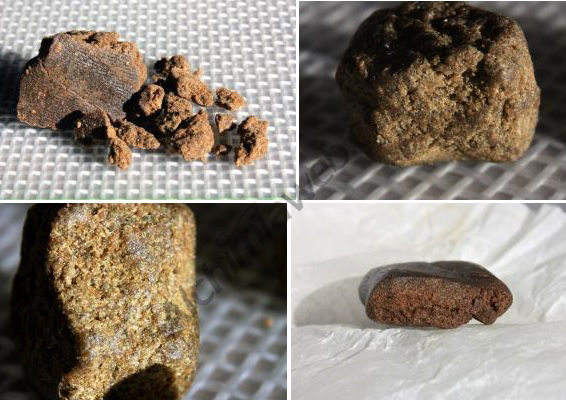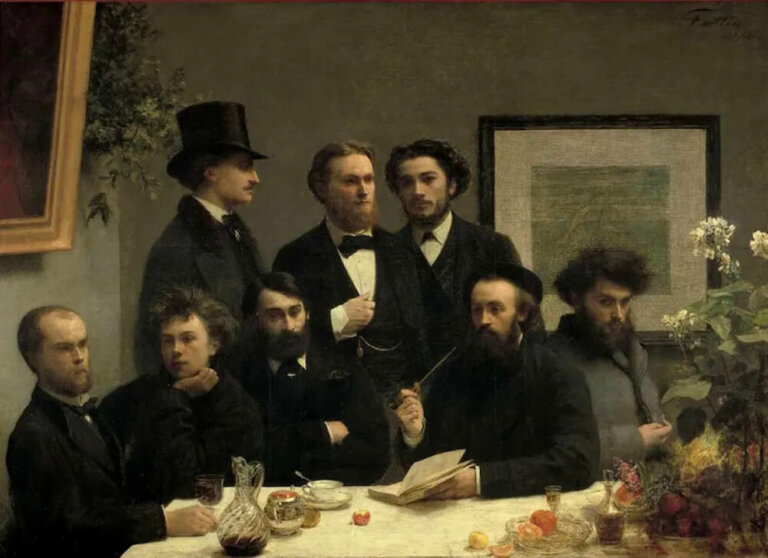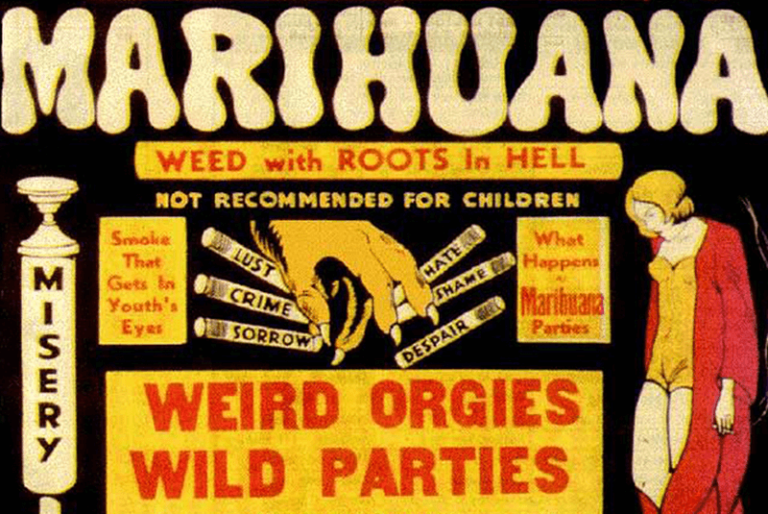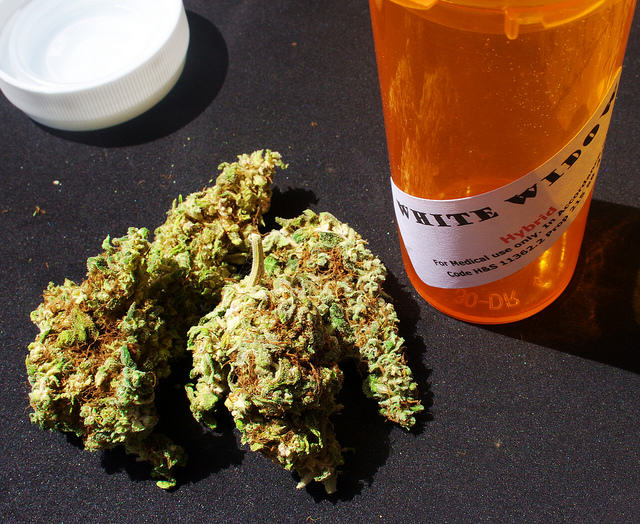Brief history of hashish
List of contents
Early records of hashish use

First of all, and before deepening into the subject, we should keep in mind that the first evidences of the use of hashish are not related to combustion, that is to say, it was not smoked. Also, it’s possible that hashish was firstly used as one of the diverse resins used to produce incense. However, we should take into account that during the expansion of hashish it was basically ingested and never smoked. As we will see hereinafter, the practice of smoking hash is believed to start much later.
Despite the fact that we can’t find any mention of hashish in the Koran (7th century), it would be legitimate to think that the discovery of hashish took place between the writing of the Koran (caliphate of Utman ibn Affan, year 632) and the 10th century, when we find the first reports on the use and properties of cannabis resin, hashish. We have texts from the 11th century in which Muslim clerics and legislators openly debated about its use. It was at this time when its ingestion was generalized drastically in Arabia, Persia and the Middle East (Arabians often blamed Persians - especially sufis - and Mongols for introducing hashish in their land). Among many other written records, hashish is also mentioned in “Thousand and One Nights" or "Arabian nights" (11th&12th centuries), where King Omar used it to cause sleepiness to Princess Abrizah.

This gives us the proof that hashish was already known, at least in Persia and Arabia, at the end of the 10th and 11th century (Rosenthal, 1971). Actually, Ibn Wahshiyya (an iraqi alchemist) already mentioned hashish on his "Book of Poisons" around the 10th century. As we mentioned, during the 11th century onwards Arabians often blamed the Mongols (or Persians fleeing from Mongol invasions) and Sufis for having introduced this substance in Arabia. Still, it isn’t clear whether they were those who introduced it or simply those who popularized its use among the Arabian population. What is clear is that Mongol invasions coincide in time with the spread of hashish use, also with the reopening of trade routes between East and Europe in the 11th century.
Legends about Hashish: the Hashishin and Sheik Haidar
Even if these legends try to explain the discovery of hashish, a little detailed study shows that this is not exactly true, and that while these legends can bring some useful data, they can not be taken literally. Still, they represent some of the first writings treating on the discovery and use of the psychoactive properties of hashish.

The legend about the Hashishin of the Old Man of the Mountains, Sheik Hasan ibn al-Sabbah, tells us that in 1090 an old man recruited and trained young soldiers with the promise of paradise in life and death if they joined his group and killed the crusaders, turning them into professional killers.
While we can find documents (Arnold de Lubeck in 1210, Marco Polo at the end of the 13th century, etc.) that mention the Hashishin cult - between its foundation in 1090 and the fall of its fortitude in Alamut in 1256 - no evidence of the use of hashish among the members of this order has been found. In fact, if there was any proof of that, it would simply confirm the use of hashish by the Hashishin, but by no means the discovery of hashish, which we know must be earlier.
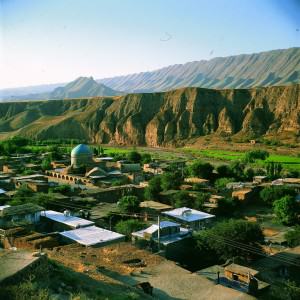
Another legend that falls down, in this case for the weight of the chronology of the facts, is that of the ascetic sufi monk Sheik Haidar. He supposedly "discovered" the psychoactive properties of cannabis through the consumption of fresh leaves. Although the existence of Sheik Haidar is perfectly documented - as well as his worship to the marijuana plant - there isn’t any proof that he was actually using hashish, nor that he was its discoverer. Moreover, Haidar actually died in its monastery of Khorasan, Persia (N.Iran) in 1221, when hashish was already being used in other parts of Persia and Arabia.
What remains clear is that during the 13th century the use of hashish spread hugely for several reasons. Some say that disciples of Sheik Haidar took it to India. In 1206, Ghengis Khan unified the Mongol tribes, known for spreading the use of cannabis wherever they went. By the end of the 13th century, these tribes had reached Afghanistán, Russia, Persia and Central Asia, and with them their customs. The first well-known monograph about Hashish (written in Arab, and unfortunately already lost), Zahr to-'arish fi tahrim al-hashish, was written in this century.
Expansion of hashish use
Two main factors affected the spread of hashish during the 17th and 18th centuries: on one hand, the introduction of tobacco in Europe and then Asia from the New World (16th century) meant that people began to mix tobacco with hashish, highly increasing the popularity o both substances. On the other hand, the appearance of new sieving techniques, (17thC. Aghanistan / Middle East), much more efficient than traditional methods of rubbing fresh resin glands, caused that production could meet the increasing demand.
Although some Arabic texts dating from the XIV century mention the “thin red dust”, perhaps referring to sifted resin, it doesn’t seem that this method become widespread until entering the 17th century, when the demand rose spectacularly. This “new” technique allowed processing much more material in less time, and the obtained product kept its properties much longer than fresh manufactured hash.
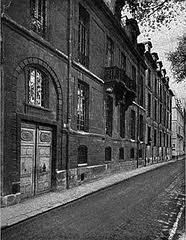
During these centuries, the best qualities of (sifted) hashish came from Afghanistan and Turkestan (Bukhara and Yarkand). A fruitful trade route was established passing through Mazar-i-Sharif and Kabul arriving to Shikarpur or Peshawar, already in Pakistan. There were other routes towards India, which also imported charas from Nepal (hand rubbed resin).
At the beginning of the 19th century, when Napoleon’s troops returned from their campaign in Egypt, they brought with them the habit of smoking hash, which gained a great number of followers in France. In 1843, it was possible to get hashish in any French drugstoreBy that time, the well-known "Les Club des Haschichins" was created in Paris, formed among others by intellectuals like Gerard de Nerval, Theophile Gautier, Charles Boudelaire or Arthur Rimbaud, who dedicated a poem to the young Hashishins and the Old Man of the Mountains.
Hashish in the 20th century
Demand, production, use and development of new techniques reached their historical peak at the end of the 19th and the beginning of the 20th century. By that time, Turkestan, Afghanistan, North of Pakistan, North of India (Kashmir), Greece, Turkey, Syria, Nepal and Lebanon were exporting diverse hashish quantities abroad.
Nevertheless, the situation changed drastically during the 20th century, when new drug prohibitionist politcies wreaked havoc among producers, smugglers and users. Today, Morocco is probably the only country of the world exporting large amounts of hashish. Other ancient producing countries basically produce for the local market and export few quantities that often reach the surrounding countries exclusively. Still, production in Afganistan and Lebanon is thriving lately.
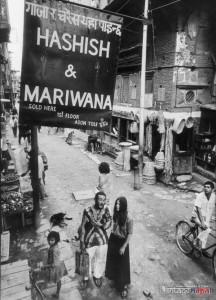
The most probable thing is that cannabis came to Morocco by the same time it reached the Peninsula, on the 14th century. Diverse sources confirm that Berber tribes - who have controlled the Rif mountain area (Ketama) on the north part of the country for centuries - have been using hash traditionally.
Nevertheless, Morocco did not produce hashish until the 60s. Indeed, before this time, cannabis (also called Kief or Kifi) was traditionally smoked in pipes (sebsi) mixed or not with tobacco or other herbs, and only Lebanese hashish was available.
As happens many times, the exact origin of hashish production in Morocco remains a mystery, even if it began thanks to the western travelers of the Hippie Hashish Trail or through the teachings of Algerian Mustafa to Aslama Chai-Chai, a local farmer in Ketama. A theory commonly accepted (R.C. Clarke, 1998) is that, while it is true that westerners and locals had been producing hashish for some years (“English Richard“, “Billy Madman“, etc.), it was Mustafa who pioneered industrial-scale hashish production in Morocco.
Probably, the most popular hashish sieved back then in the Rif mountains was made by “Peter One“; Peter's best qualities were coming from separations with yields of up to 0.2 % (500:1 ratio, or 100 kg of kief to get 200gr of hashish). Shortly after, different ways of separating cannabis resin were explored, among them the popular Bubblehash - done with a sieving bags and washing machines - or the Rosin Hash.
Conclusion about the history of hashish
Despite the efforts of historians and researchers, it is very difficult to date exactly the geographical and temporary origins of hashish. The large number of legends surrounding this substance and the fact that it wasn’t until the middle of the 18th century when western investigators began to study this topic and keeping written records, don’t ease the task of the researcher.
We have seen that - basing exclusively on written records - we can affirm that hashish was already known in the 10th century. Reliable sources like Ibn Wahshiyya (alchemist from Iraq, Xth century) or Omar Khayyám (1048-1131, who dedicated some of the praises in his Rabayat to hashish) confirm this fact. To affirm categorically that it was used before is to walk on a swampy ground. Although this previous use is more than likely, it’s complicated to provide real evidence of it.
We have also seen that what today is called charas (hand rubbed hashish from fresh plants) is much more older than sieved resin (dry-sift hashish). We have also seen that hashish was probably only ingested for centuries before people began to smoke it, especially with tobacco.
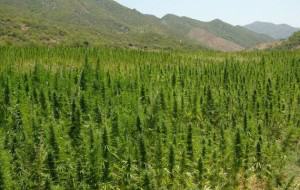
The most ancient hashish culture still alive today is Afghanistan. On the other hand we find Morocco, which has been the biggest hashish producer of the world in the last decades. The tolerance showned by the moroccan King in the Kif region, together with the perfect location of this country for exporting to the European market, have undoubtedlyallowed this situation.
We hope you enjoyed this article, have a nice smoke!






























































